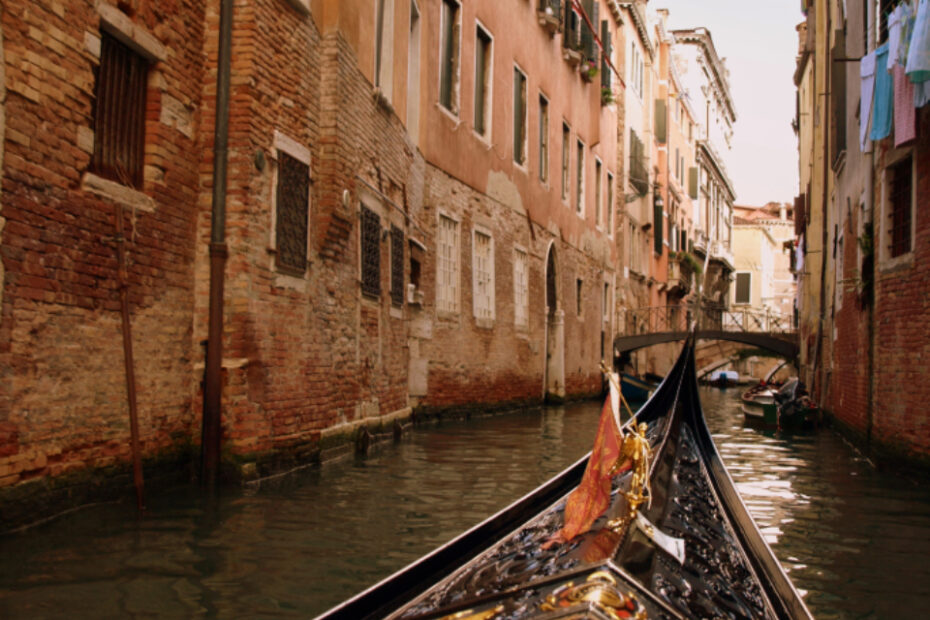Regarding economic, technological, and social changes, the tourism industry is one of the fastest-growing in the world. Since ancient times, when architecture played a significant role as a tourist attraction, there has been a clear symbiotic relationship between architecture and tourism. Temples dedicated to the gods, huge theaters, stadiums, the Colosseum, and other monumental public structures that served as symbols of culture and civilization attracted large crowds. Architecture serves as a vehicle for a region’s cultural richness and creative potential, and tourism as an industry directly contributes to its preservation.
Therefore, it is clear that travelers look to architecture to slake their hunger for a place’s history and tradition. Since the tourism sector has exploded, these locations are actively being sought out, preserved, and marketed. One of any nation’s primary sources of revenue is the tourist industry. Huge sums of money are spent to preserve the area’s cultural heritage and architecturally significant sites, to enhance the city’s infrastructure and connectivity, to offer better leisure facilities, and ultimately to improve the tourist experience. This in turn enhances the quality of life for the locals.
Architecture and Tourism
One of the top industries for providing jobs for locals has been tourism. Since it is a service industry, managing, maintaining, and promoting tourism requires a large workforce. Tourism has been a boon to the residents because it creates numerous employment options. From supplying food and lodging to transportation and maintenance, guided tours, and upkeep. Both tourists and residents value tourism equally. It reinforces the citizen’s sense of self, gives them a sense of place, and confirms their connection to their country.
Growth that is more rapid, sustainable, and inclusive has the potential to be encouraged by tourism. It might serve as an effective treatment for poverty. It is one of the largest service industries that encourages the expansion of both the user’s physical and metaphysical demands. Additionally, it has enhanced the quality of the ART itself and the way of life for regional craftspeople and artists. The circle of mutual success is once more closed by this.
In many cases, rapid urbanization has damaged a city’s sense of identity. When a visitor arrives in a city, he is essentially lost or is inundated with so many different representations of the “identity of a city” that he lacks a clear understanding of the location and its history.
More INJ Architects:
RENEWABLE ENERGY IS USED TO HEAT AND COOL BUILDINGS AND ECOPACT CONCRETE

